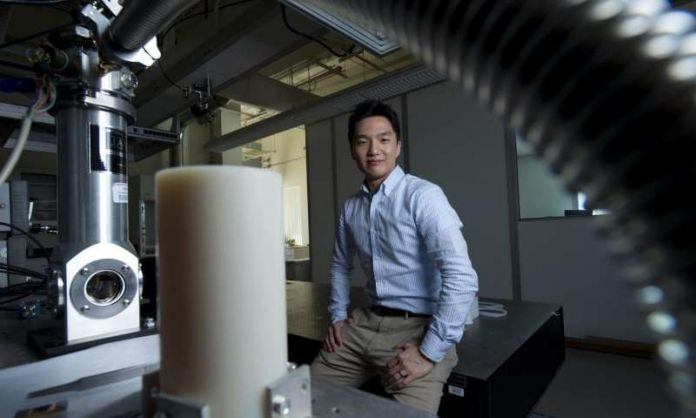A team of researchers from the University of California, Irvine have developed a new technique to identify nanowires at near about 800 degrees Fahrenheit. After the first experiment, it shows vital role, the materials could play in transforming waste heat from machines and electronics into useable electricity. Scientists have created this research with the basic aim of combining electrical conductivity and temperature to generate energy from waste heat. And this work demonstrates that silicon nanowires may be the right materials for conversion of heat into electricity.
The result came out through clever customization of the easily available vacuum chamber and related equipment. Just off the shelf and controlled up to severe heat for other experiments, the apparatus would melt wire coatings and destroy the adhesives used to fuse nanowire chips to their holders.
By using heat-tolerant wiring and screws instead of glues to hold pieces in place, the team has overcome this problem. They also developed an exclusive sample mounting scaffold. This platform reduces heat loss and allows researchers to control the nanowires’ temperature with higher accuracy.
Jaeho Lee, the UCI assistant professor of mechanical & aerospace engineering, said, “Auto manufacturers and tech start-ups are trying to utilize and commercialize heat-to-electricity applications. For that purpose, they need highly effective developing blocks to make that happen. Our work verifies what engineers have long expected: that certain materials would have good thermoelectric properties at the nanometer scale even at high temperatures.”
“We have developed the ability to measure the thermal conductivity of nanoscale materials at higher temperatures than was previously possible. This allows for the characterization of promising high-temperature thermoelectric substances, such as silicon nanowires, under conditions similar to their optimal operating temperature”, he then said.
For conversion of waste heat, scientist found elements that allows for smooth flow of electricity while opposing heat. Silicon is a good transmitter of both electricity and warmth in size. But scientists observed a sharp decrement in thermal conductivity when dealing with silicon at the very small and nanometre scales.
“Heat scatters with the surface boundaries, so when you make a nanowire, the thermal conductivity could be as low as two orders of magnitude less than the thermal conductivity of the bulk material,” Lee said.
Also Read:
- ‘Green’ Electronic Materials Produced with Synthetic Biology
- Never ending Nanowire-based battery
- Electrical Nanowires from Common Soil Bacteria
